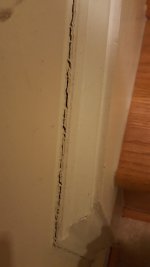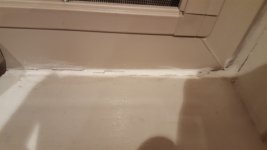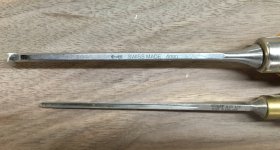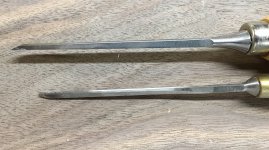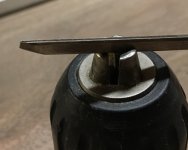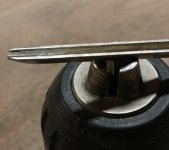GoingMyWay
Member
- Joined
- Oct 11, 2017
- Messages
- 3,784
Does anyone have any recommendations for a good white caulking? I've really mostly used Dap Alex Plus, but that stuff always seems to crack and open up after only a year or less. The caulking will primarily be used inside, but there are some large cracks on the underside of an exterior bay window that I'd also like to fill.


